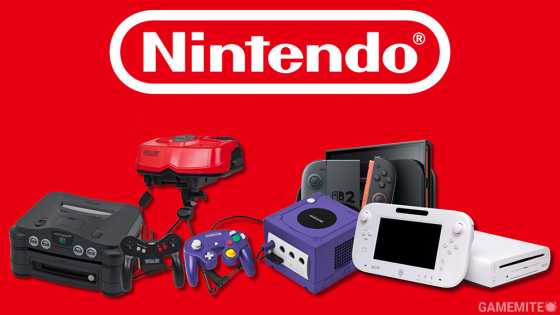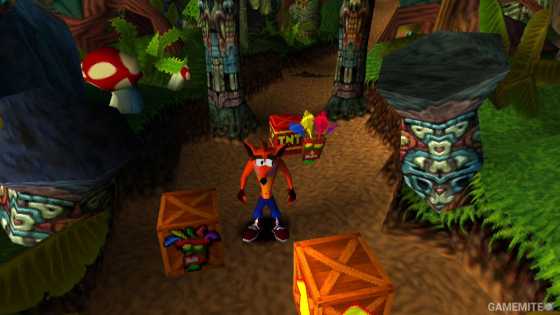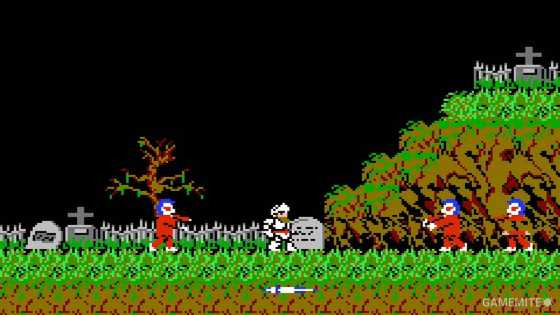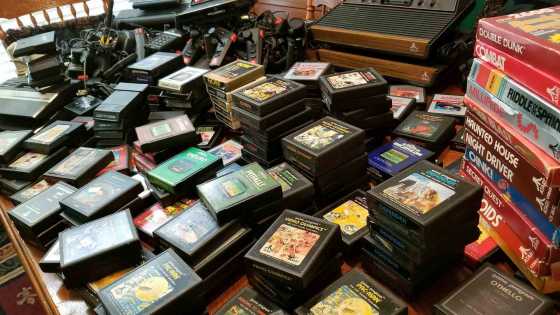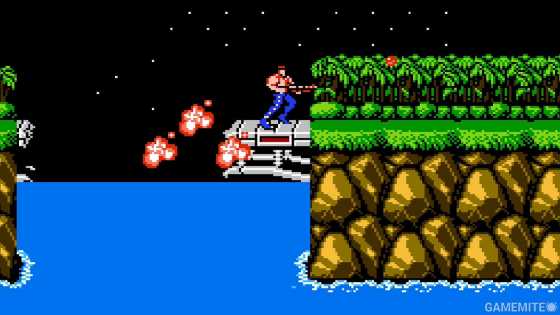From Devil May Cry to God of War: The History of the Hack-and-Slash Genre
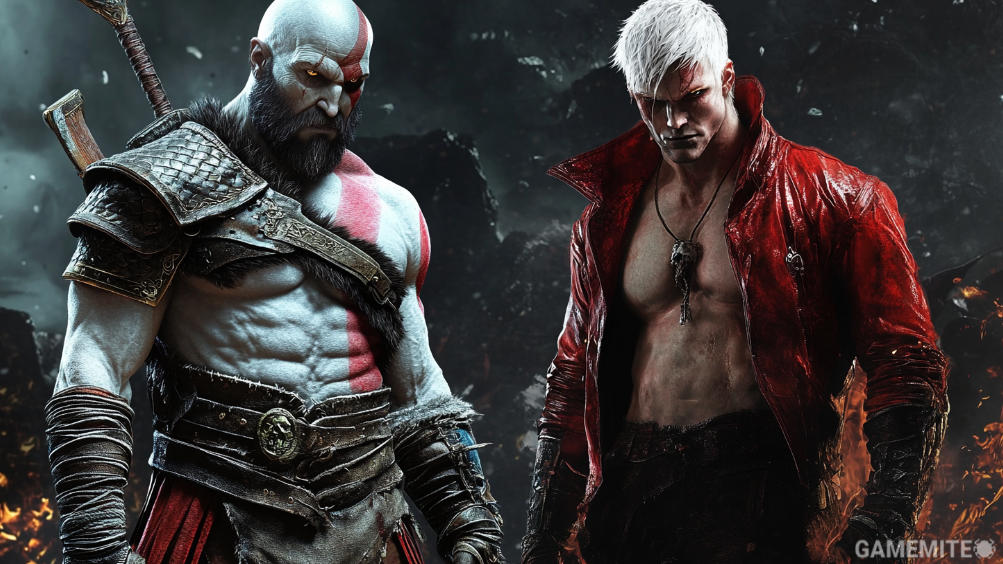
Who doesn’t love a good hack-and-slash video game? Defeating countless enemies as a cool-looking protagonist that can wield a big arsenal of different weapons and with the help of a stylish combat system is always really fun and it almost never gets old. This genre may not as popular as others in the gaming industry, but it has definitely earned its rightful place in it.
But, when compared to other similar action-based genres, hack-and-slash games (also known as character action games) have had a very tumultuous and strange existence, from its origins in the early 2000s, to its modern resurgence in recent years. And it still has left gamers around the world with burning questions on the subject: Where did the genre come from? Which IPs played a key role in its popularization? Why is not as popular today as it was 20 years ago? This handy retrospective will answer all of that, and even more.
The Origins
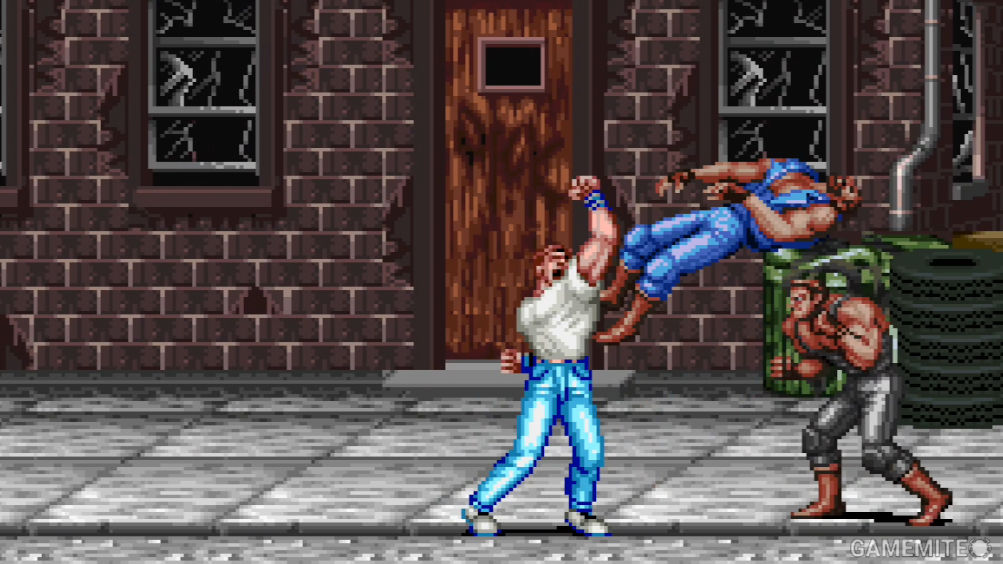
One thing that sets the hack-and-slash genre apart is that it can technically be considered a sub-genre that indirectly spawned from the action video games of the 80s and 90s. 2D sidescrollers where the player controlled a character wielding a sword where very popular during that time, with some prominent examples being Ninja Gaiden, Strider, Shinobi, and many more.
Another similar genre that inspired the creation of the hack-and-slash were beat 'em up games, since they put elements like level design or story in the background and prioritized melee combat and boss fights. Iconic titles like Double Dragon, Battletoads, Streets of Rage, and Final Fight helped popularize this action-based genre in both Asia and North America.
Many of these 2D beat 'em ups were developed by Capcom, a legendary Japanese company that gained a lot of popularity during the 90s. During that period, it made a lot of video games that spanned a multitude of different genres, but its main specialty were fighting games - like Street Fighter, Darkstalkers, Marvel vs. Capcom and more – which inadvertently ended up influencing the inevitable creation of the hack-and-slash genre in the following decade.
Devil May Cry Changed Everything
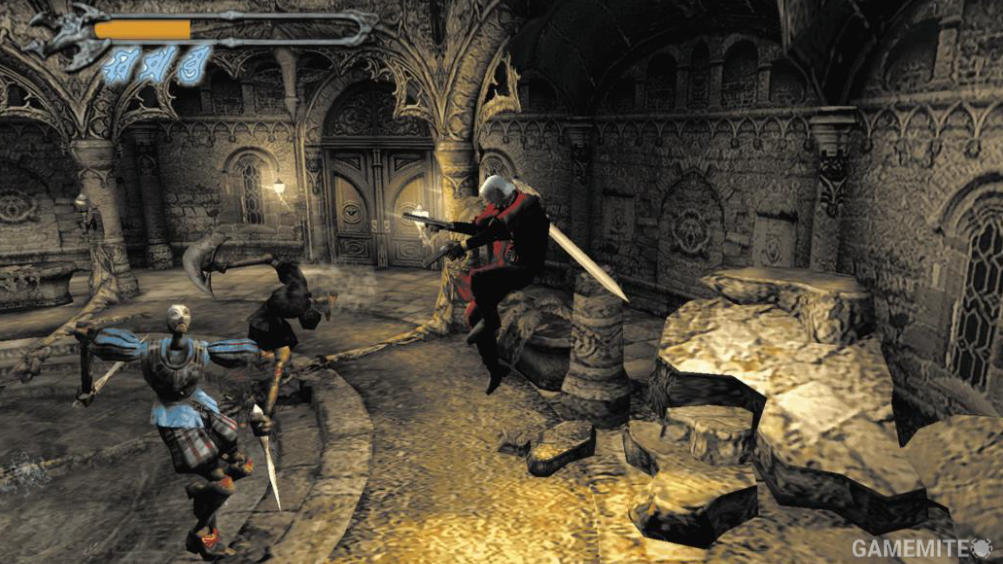
Because of its complex origins, it’s surprisingly difficult to pinpoint exactly when exactly the hack-and-slash genre was born, and which company was responsible for it. Curiously enough, the term “hack-and-slash” itself was used in the 80s and 90s for any type of action video game where the main character wielded a sword, meaning that it was a lot less specific back then.
It is commonly believed that Capcom’s Devil May Cry, released on August 23, 2001, was the first true hack-and-slash video game released on the market. Of course, other similar character action experiences, like Koei’s Dynasty Warriors 2 or Capcom’s Onimusha: Warlords, were released a few months earlier, but Devil May Cry ended up becoming the blueprint of the entire genre. For example, something similar had happened to the first-person shooter genre in the 90s: Doom (1993) was not the first FPS video game, but it undoubtedly was the one that popularized it and influenced many other titles that came after it.
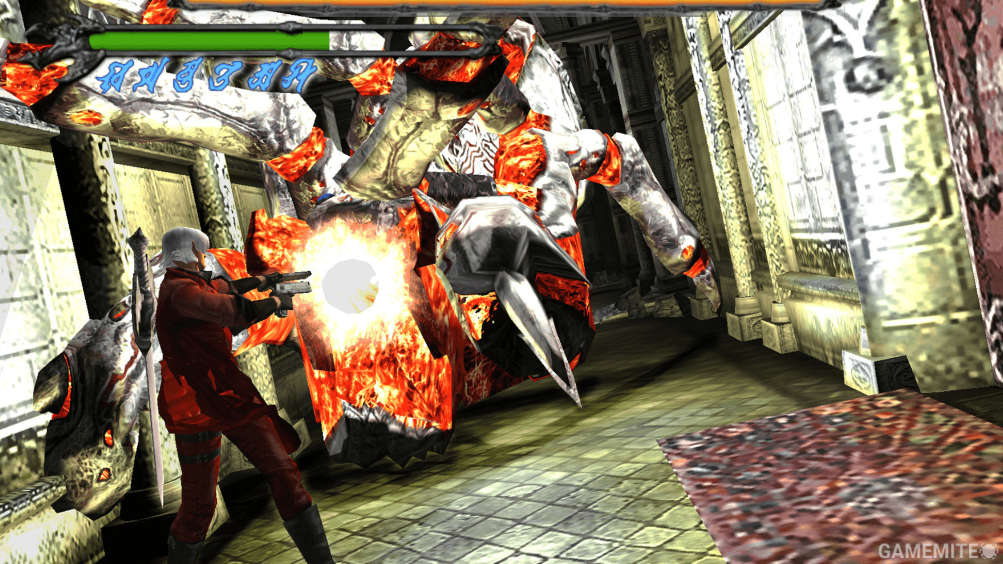
Devil May Cry was notorious for introducing most gamers to all the elements that would end up defining the hack-and-slash genre: Its protagonist, Dante, is a cool-looking but charming guy, he fights demons with an array of firearms and melee weapons that he can switch at any moment, the combat system is reminiscent of the combos a player could find in a fighting game and the bosses are big, intimidating and surprisingly challenging.
The weirdest part of this story is that Devil May Cry began its development as Resident Evil 4, before Shinji Mikami realized that they had changed the lore and formula of the franchise too much and that Kamiya’s new project would be much better off as a new, separate IP. This means that the video game responsible for popularizing the hack-and-slash genre was not entirely inspired by beat 'em ups or 2D side scrollers, but by a classic survival horror game franchise. To no one’s surprise, however, this didn’t stop DMC1 from becoming a critical and commercial success, and it inspired the creation of most subsequent character action games (both directly and indirectly).
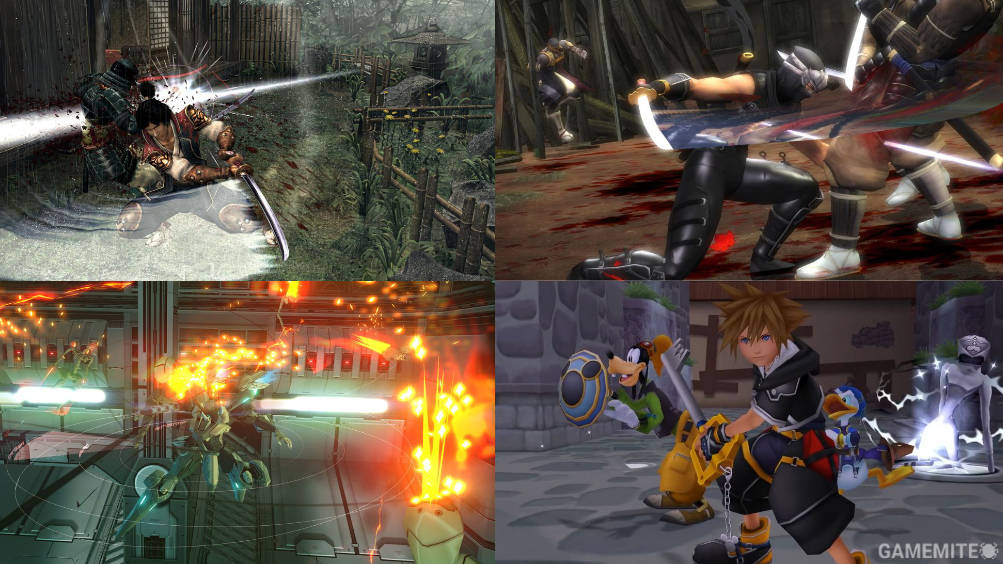
As a result, the sixth generation of consoles was notorious for the hack-and-slash’s rise in popularity, with many icons of the genre releasing during this time, like Ninja Gaiden, Shinobi (2002) Genji: Dawn of the Samurai, Chaos Legion and countless Onimusha and Dynasty Warriors sequels. Other companies even implemented hack-and-slash-like combat in titles that belonged to other genres, like Konami’s Zone of the Enders: The 2nd Runner, a space shooter with fast-paced close-ranged combat and Square Enix’s Kingdom Hearts 2, a high-octane action RPG with a surprisingly complex combat system.
Unfortunately, Capcom was a victim of its own success, seeing as it rushed the development of a Devil May Cry sequel without consulting the team that made the original game, which angered its director, the legendary Hideki Kamiya. Capcom tried to salvage the game by assigning newcomer Hideaki Itsuno as the director, but it didn’t really work in the end. All of this resulted in Devil May Cry 2, a subpar hack-and-slash title with slow and boring combat, mindless gunplay, non-threatening bosses and a protagonist with zero personality. As disappointing as this game was, the IP that revolutionized the genre would eventually make a proper comeback with its third entry. But, right before that, a new key player was being born on the west.
God Of War Helped Popularize The Genre Even Further
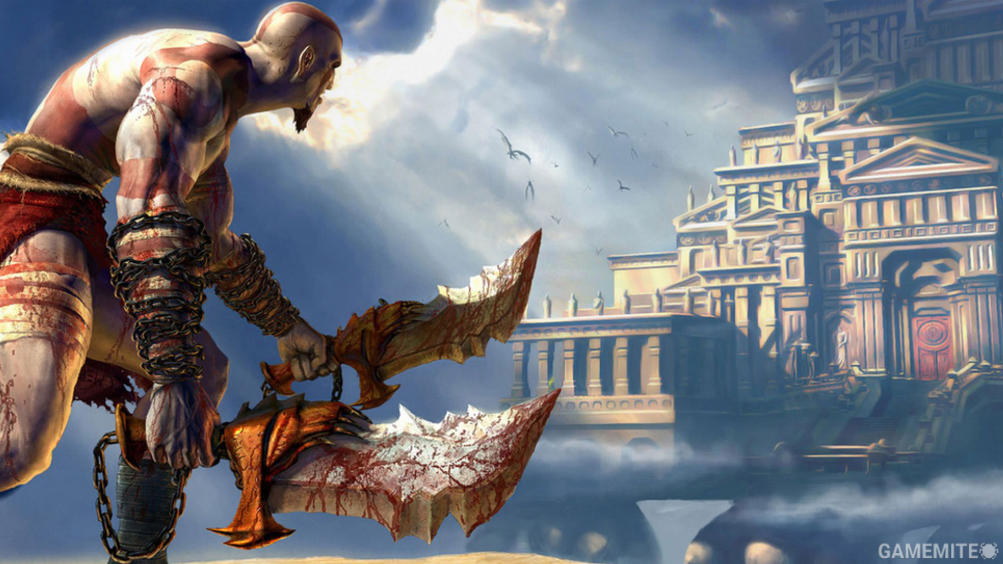
It’s evident that the hack-and-slash genre was being dominated by Asian development studios during the early and mid-2000s, like Capcom, Koei Tecmo and Sega. But their products were also making an impact and selling quite well on the western market, something that was made especially evident when God of War released on March 22, 2005.
Developed by an unknown studio named Santa Monica Studios and published by Sony Interactive Entertainment (which meant that it was 100% exclusive to the PlayStation 2) God of War completely changed the game, not only for the hack-and-slash genre, but for the entire video game industry. God of War’s director, David Jaffe, confirmed that Devil May Cry served as an inspiration for the game, specifically its third-person camera, seeing as it was original going to be played from a first-person perspective.
But God of War stood out from its contemporaries because it focused more on its cinematic spectacle, its gruesome finishers and its over-the-top boss battles, rather than dynamic combos and excruciatingly hard levels. Kratos himself was a very violent and uncharismatic protagonist with a tragic backstory, which made him fit perfectly into the game’s Greek Mythology. Of course, this was also one of the games that popularized quick-time events as a gameplay mechanic, specifically within the character action genre, as it allowed players to perform all sorts of epic and cinematic moves just by pressing a few buttons at the correct moment.
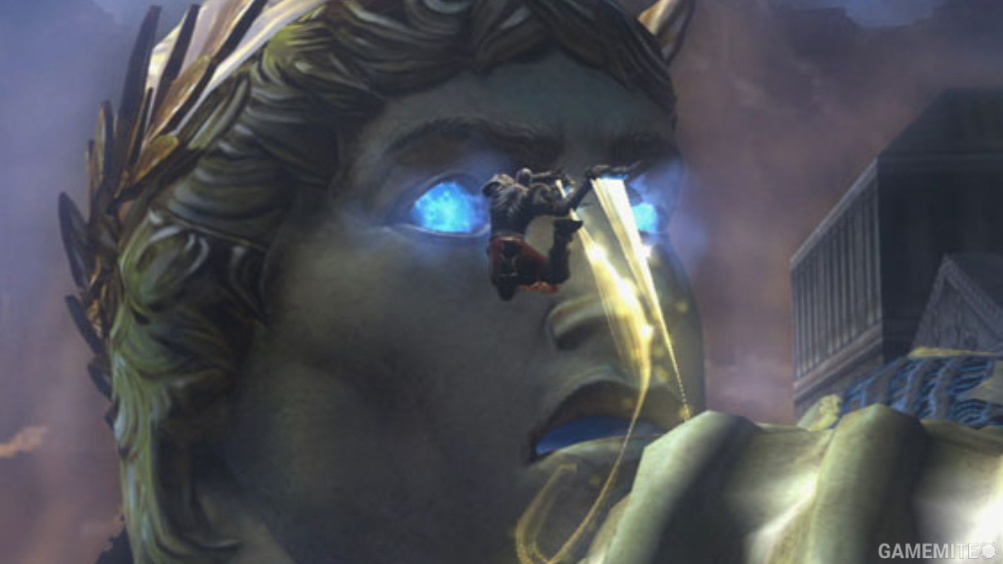
Needless to say, God of War became a worldwide sensation and it still is highly regarded as one of the best PlayStation 2 games ever made. It helped the hack-and-slash genre evolve, while also making it more accessible to a broader audience (especially on the west). This new franchise became so popular so quickly that its sequel, God of War 2, came out on March 13, 2007, five months after the release of the PlayStation 3, and thousands of people still held onto their PS2s just to play it. This was a great decision, seeing as this sequel was bigger, better and way more polished than its predecessor.
The success of God of War and its innovative over-the-top and violent style led to the creation of many other classic titles, like Darksiders, Castlevania: Lords of Shadow, Dante’s Inferno, X-Men Origins: Wolverine and more. By the late 2000s, Devil May Cry and God of War had become the two biggest pillars of the hack-and-slash genre, with Dante and Kratos being its two most iconic mascots. Any company that wanted to make a brand-new and exciting hack-and-slash needed to take a look at these two franchises if they wanted to succeed.
But Dante And Kratos Were Not The Only Prominent Players
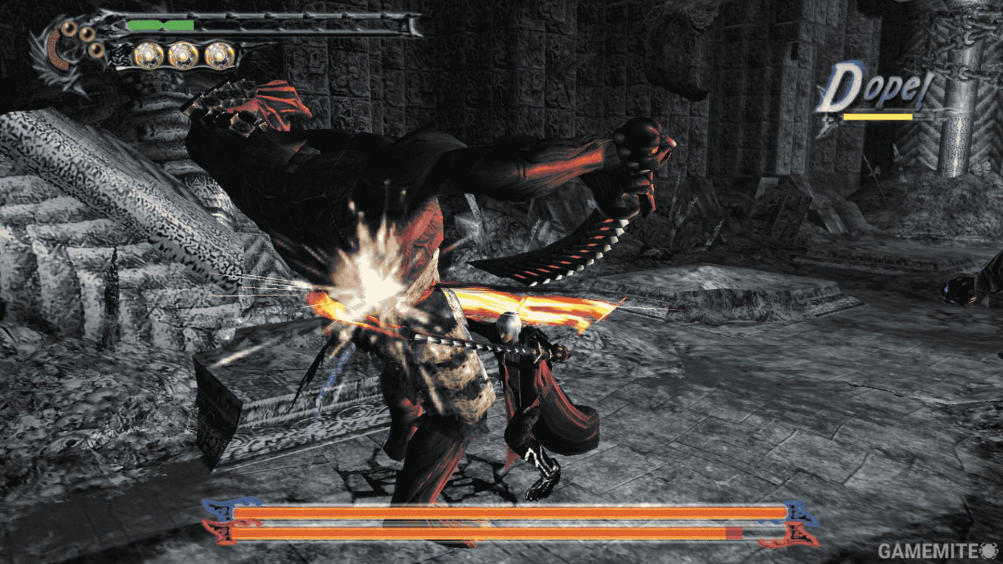
Fortunately, around the time the original God of War came out, Capcom released Devil May Cry 3: Dante’s Awakening, which revitalized the franchise and quickly became one of its best entries, thanks to its lovable reinvention of the protagonist, complex combat with tons of different options to choose from, a captivating narrative and challenging (but fair) boss fights. Furthermore, Sony released God of War 3 in 2010, the first PS3 title in the series and the satisfying conclusion to Kratos’ story.
But it’s extremely important to point out that Dante and Kratos were not the only prominent players in the hack-and-slash genre, because a brand-new (albeit familiar) company completely dominated it during this time. In 2007, PlatinumGames was founded, and it was mainly made up of former Capcom and Clover Studios developers that had previously worked on popular games like Resident Evil, Okami, Viewtiful Joe and, of course, Devil May Cry 1.
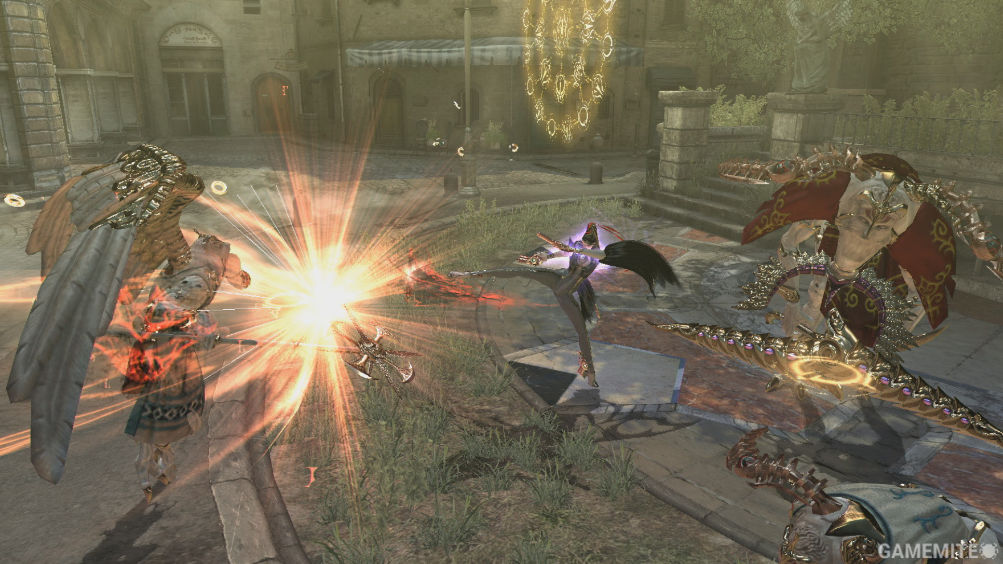
This included Hideki Kamiya himself, the original creator of the DMC franchise, who immediately began working on a brand-new hack-and-slash game, titled Bayonetta. In a way, this title perfectly captured what had made Devil May Cry and God of War so great and combined it all into one solid package: It had the combo-heavy combat system, unique weapons, charming sense of humor and charismatic protagonist of Devil May Cry, and the over-the-top set pieces, incredible boss fights and satisfying quick-time events of God of War. Bayonetta is a fantastic experience that’s brimming with style, so it didn’t take long for this game and its protagonist to cement themselves as another mainstay of the hack-and-slash genre.
After the success of Bayonetta, PlatinumGames became synonymous with the character action genre, and began releasing many similar games left and right during the late 2000s and early 2010s. Some of their best releases include MadWorld, Anarchy Reigns, The Wonderful 101, Bayonetta 2 and Astral Chain. The studio even began working closely with huge companies in order to make new entries in classic franchises, like Metal Gear Rising: Revengeance and NieR: Automata. Despite the fact that all of these video games technically belonged to the same genre, they all stood out on their own due to their innovative mechanics, unique gameplay and colorful art styles. Everybody agreed that PlatinumGames reinvented the hack-and-slash and it was here to stay, at least for a good while.
The Hack-And-Slash Genre Went Through A Bit Of A Drought
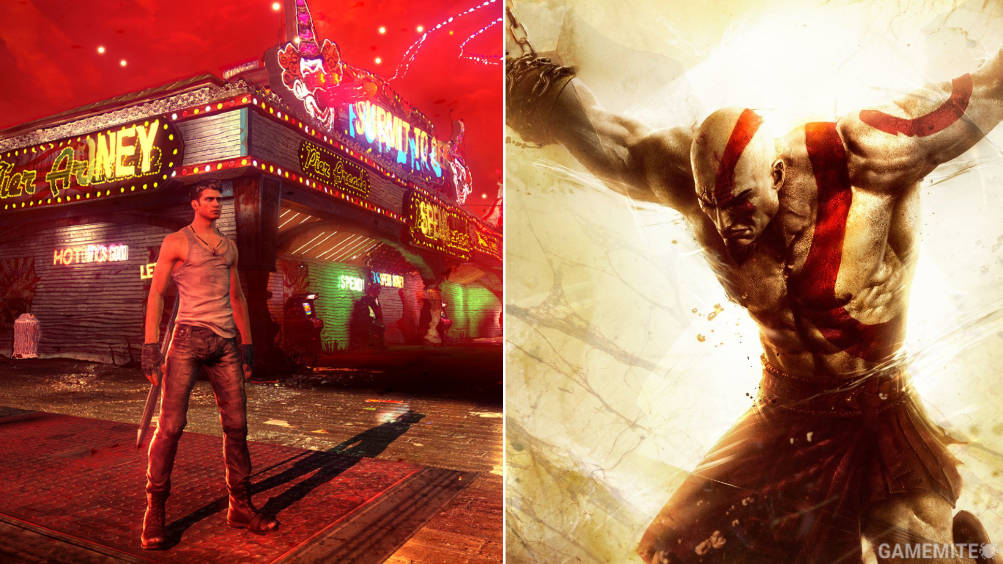
Unfortunately, the hack-and-slash genre saw a massive drop in popularity during the mid-2010s, and this can be chalked up to multiple different reasons. One of them was the divisive reception of games like Devil May Cry 4, DmC: Devil May Cry and God of War: Ascension, which led to their respective franchises to fall into long hiatuses. While PlatinumGames did fairly well during this period of time, some of their low-quality releases like The Legend of Korra or Teenage Mutant Ninja Turtles: Mutants in Manhattan, were evidence that the studio was beginning to lose its luster and that not every single hack-and-slash game that it put out was necessarily going to be good.
But the final nail in the coffin was the sudden rise of another action genre that immediately overshadowed the hack-and-slash. In 2011, FromSoftware and Bandai Namco released an action RPG titled Dark Souls, a spiritual successor to their 2009 game, Demon’s Souls, and it quickly changed gaming forever. It featured a real-time combat system in which looking cool or making the player feel good didn’t matter, and instead, strategy was key, which made every single encounter (whether it was against a boss or a random enemy) feel extremely challenging.
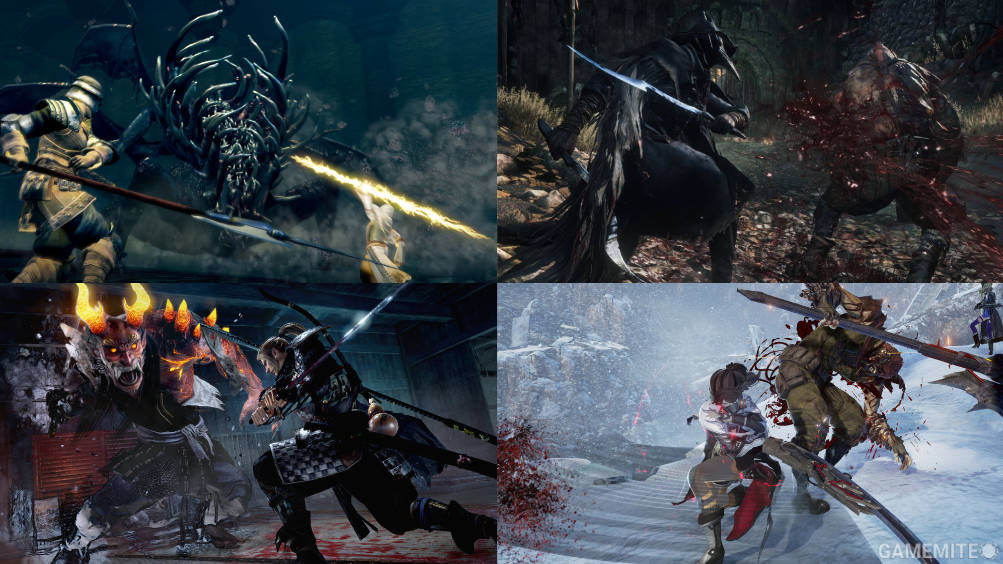
Audiences really resonated with this new type of action game, which they quickly named “Soulslike” and it made FromSoftware into a household name that kept developing and releasing new titles very frequently, like Dark Souls 2, Dark Souls 3, Bloodborne, Sekiro: Shadows Die Twice, etc. FromSoftware did for this genre what Capcom and PlatinumGames had previously done for the hack-and-slash, since all of their games sold very well and were often considered “Game of the Year” material.
Of course, the “Soulslike” and hack-and-slash genres are quite different, but the success of the former made more and more developers favor it over the latter, even those that used to develop hack-and-slash games the previous decade. As a result, the mid to late 2010s was brimming with new titles in this innovative new genre, like Lords of the Fallen, Nioh, The Surge and Code Vein. Meanwhile, the character action genre was slowly being forgotten, with the exception of a few Indie titles and PlatinumGames’ occasional releases.
Even the God of War series completely ditched its original genre when Sony and Santa Monica Studio released its 2018 reboot. While Kratos and Atreus’ new Nordic adventure still maintained many of the elements that made the PS2 and PS3 entries so great (like a fast-paced real-time combat system, epic bosses and violent quick-time events) it also had a bigger focus on exploration, RPG mechanics and a more personal storyline. The fact that one of the biggest the hack-and-slash franchises had abandoned the genre it helped redefine is enough proof of how bad things were during this time.
Hack-And-Slashes Are Making A Proper Comeback
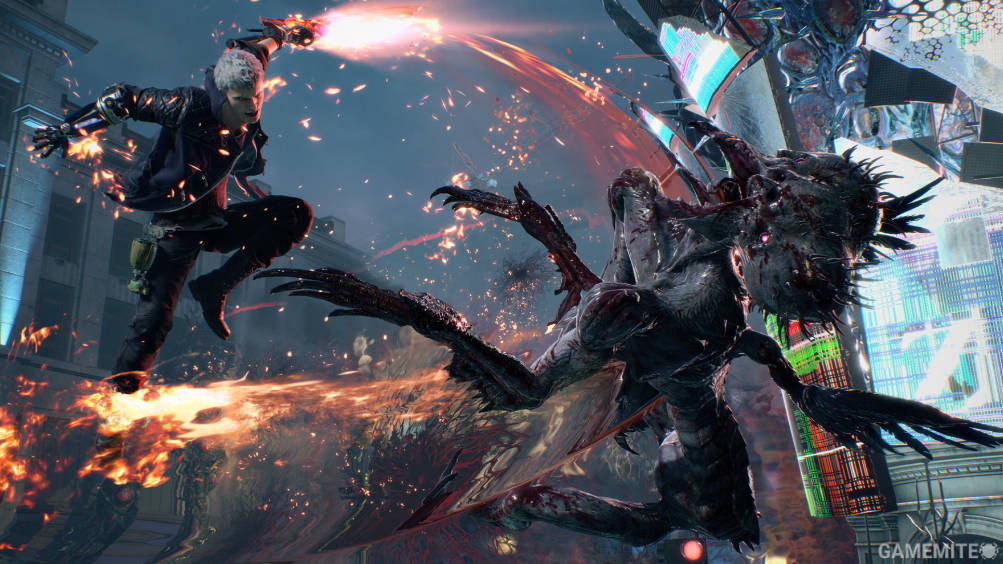
But the tide is finally turning and it seems like the hack-and-slash genre is making a proper comeback during the 2020s. It’s impossible to pinpoint an exact moment in which the genre regained its popularity, but there’s no denying that the release of Devil May Cry 5 in 2019 definitely helped. This brand-new entry completely revitalized its IP by featuring the most complex and satisfying combat system in the mainline series, while also bringing back popular playable characters, like Dante, Nero and Vergil. Devil May Cry 5 was incredibly successful and more companies began releasing hack-and-slash games after its release, although it’s unclear if they were inspired by this game or not.
Unfortunately, PlatinumGames is going through a much rougher time. It released Babylon’s Fall, a multiplayer hack-and-slash game that failed considerably and is considered one of the worst games of 2022. That very same year, PlatinumGames also launched Bayonetta 3 and, while it received positive reviews and sold over a million copies in its first two months, it was extremely divisive among longtime fans of the franchise due to its narrative and writing. To make things even worse, many key players left the company in recent years, including Hideki Kamiya himself, who went back to Capcom to work on an Okami sequel. However, the recent announcement that PlatinumGames is currently working on Ninja Gaiden 4 alongside Team Ninja has given fans hope that the legendary hack-and-slash studio may finally be going back to its roots and improve its reputation in the upcoming years.
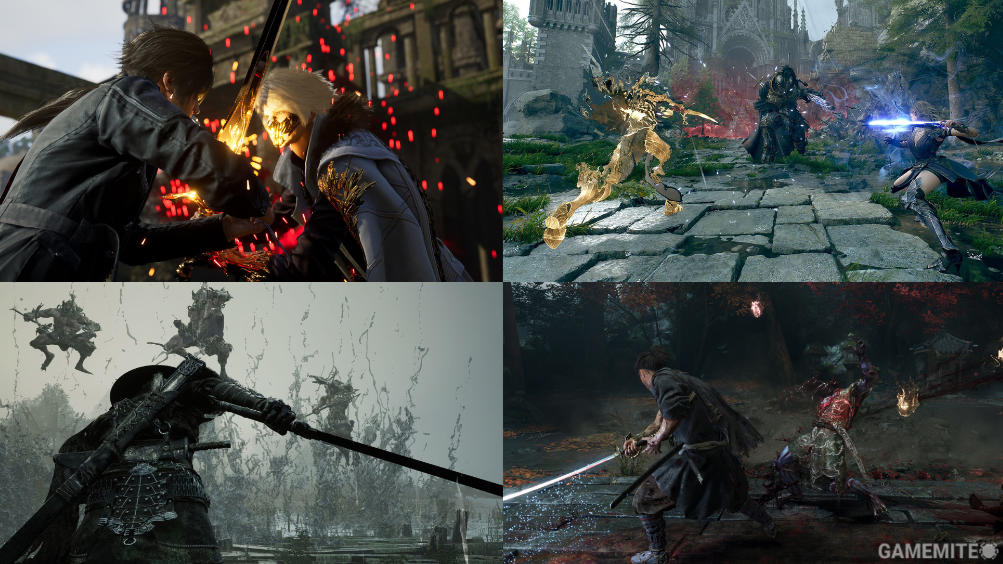
And that’s not all: Square Enix hired talented developers who had worked on Devil May Cry 5, the Kingdom Hearts series and at PlatinumGames in order to make Final Fantasy XVI, which ended up being more of a hack-and-slash adventure game than an RPG. In 2024, Shift Up released Stellar Blade, a thrilling new character action game inspired by classics like NieR: Automata and Dark Souls that sold and reviewed pretty well.
On top of that, there are currently multiple hack-and-slash games in development (both by legendary developers and newcomers) that are set to release in the upcoming months, like Lost Soul Aside, Phantom Blade Zero, Tides of Annihilation and Onimusha: Way of the Sword. The mere existence of all these titles, combined with the positive reaction from gamers, is enough proof that the hack-and-slash is here to stay; it just needed a few years off to rest and reinvent itself.


